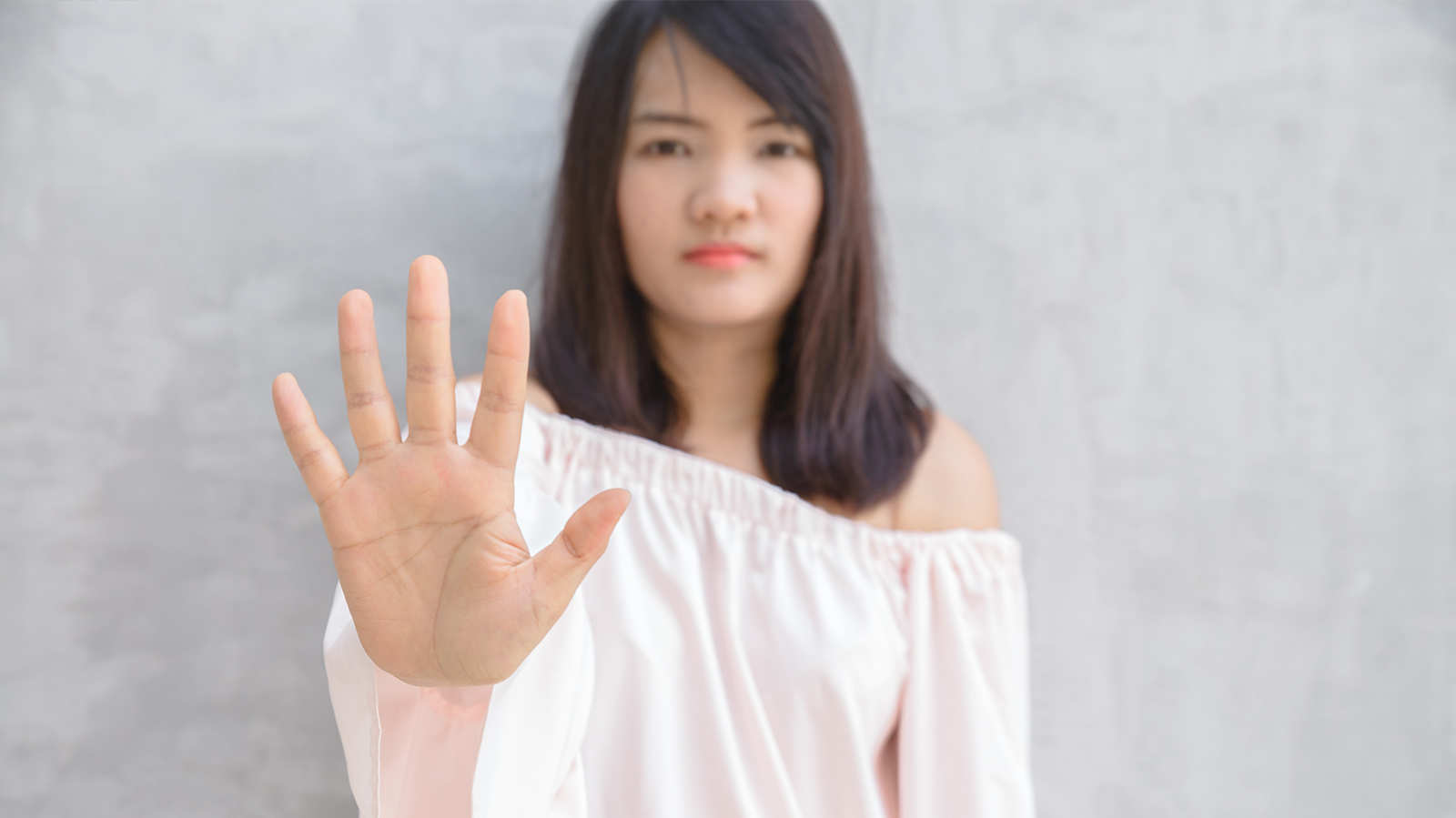Two weeks ago, Minister of Law and Home Affairs, K Shanmugam, became for the briefest of moments an object of vitriol, no thanks to a “malicious” article published by the States Times Review (STR). The article (before it was amended somewhat) alleged that Shanmugam had “told a Eurasian Singaporean representative that Eurasians are considered Indian under the Presidential candidacy law” in a closed-door forum.
To be honest, few of us cared when the little-known STR article came out. Especially since Shanmugam and government website, https://www.gov.sg/factually, were quick to clarify the “vicious falsehoods”. Even fewer of us cared that the statements STR reported were actually the misconstrued words of Mr Benett Theseira, president of the Eurasian Association of Singapore, who also spoke at the forum that day. Theseira raised issues with how the proposed presidential elections would run – with the promise of a reserved election if someone from any of three racial groups (Chinese, Malay, Indian) had not been President after five terms. Eurasians and those colloquially termed ‘Others’ would compete together with Indians in the event of a reserved race for the Istana. Theseira was concerned if Eurasians stood a chance given they are “outnumbered” by Indians, 20 to 1.

Race, however, is more than a mere numbers game.
If you have been following Shanmugam’s comments elsewhere, it’s a trial. Speaking at a different dialogue session regarding how the government would respond to mixed race candidates, Shanmugam said blithely:
“So let’s take a Malay-Chinese, or a child of Malay-Chinese parents. Does he or she consider himself or herself primarily Malay or Chinese?… If he considers himself Chinese, then he cannot qualify as Malay. So culturally, what is he, how does he consider himself? Then there is also a committee that looks to see whether – you say you are Malay, but are you accepted by the community as Malay? So that’s the two-step criteria, because people can try and game the system.”
The realities of the lives of those who are of mixed parentage are seldom talked about, for a country that routinely asks of itself questions about racial integration and religious harmony within the community.
Singapore’s system, the CMIO system, has been the bane of my existence and the existence of many who are forced to choose what “primary” tile they qualify as, in a mosaic structure that is hopelessly outdated.
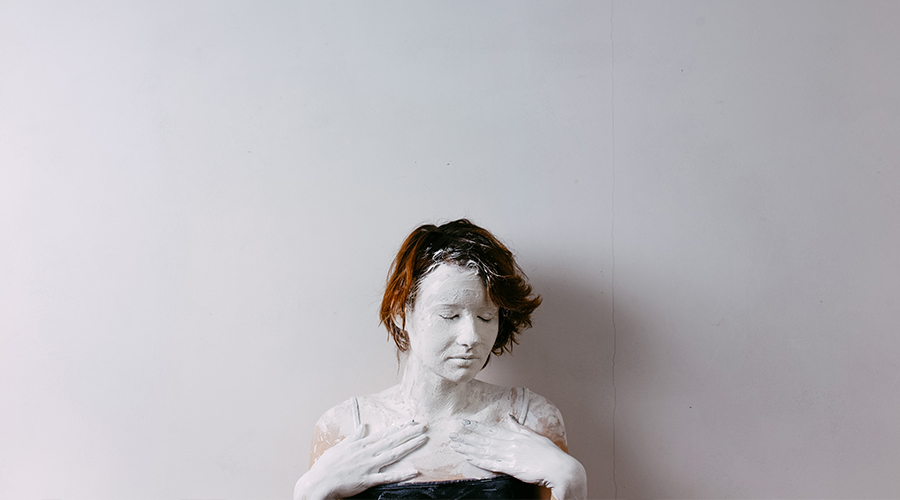
It began for me with Racial Harmony Day celebrations, Primary 1, 1995. We were asked to come to school in our national dress. I had never seen my parents or my relatives (or anyone) wear anything other than whatever was on sale at OG, so I asked my teacher, Mrs. Tan, what should I wear?
She stared at me for a while, and then responded thoughtfully: “Dutch clogs” and “a very big skirt”. Hesitant but not wanting to disappoint, I came back the next morning carrying an alarm clock.
Clog. Clock. Same thing in my seven-year-old mind.
My classmates laughed and asked me why I wasn’t dressed in something more colourful and traditional like they were. Something clearly Chinese, Malay, Indian or Others – the word ‘Others’ when uttered, always producing a giggle. It was then that I began to covet what they all had – a seemingly unquestioned identity to cling to – and I began asking my family some tough questions.

What race was I?
My maternal grandfather who was Indonesian and from Medan and my grandmother who was Chinese, could speak Khek and came from Kuala Lumpur told me that I must follow my father. I wrinkled my nose. Why? At that point I liked mummy more than daddy (sorry Dad!). But they told me sagely that “this is the way the world is”. You follow your father and your father follows his father.
My father was a busy school teacher then. I rarely saw him, but on nights when he wasn’t marking scripts, we would visit his father who lived in a house in Serangoon Gardens. In the living room, a picture of my paternal grandmother would watch over us, dressed in a kebaya and sarong. The black and white photograph gave some hint of her ethnicity, but not her race. On one such night I asked: What are we? Chinese, Malay, Indian? Eurasian?
School in the 1990s had misleadingly taught me that there were four (major) races in Singapore and since Chinese and Malay were now sadly out of the equation, that left the latter two. I didn’t want to be an ‘Others’, outside of the comfort of category that my fellow classmates enjoyed. My father fumbled with the question, speaking about his mother and how she had been a graceful Indian-Malay Muslim (Ah! So baju kurungs for Racial Harmony Day, right?) but that his father was a Christian and Ceylonese (Ah! What’s that? That’s not on the list. Where is Ceylon?).
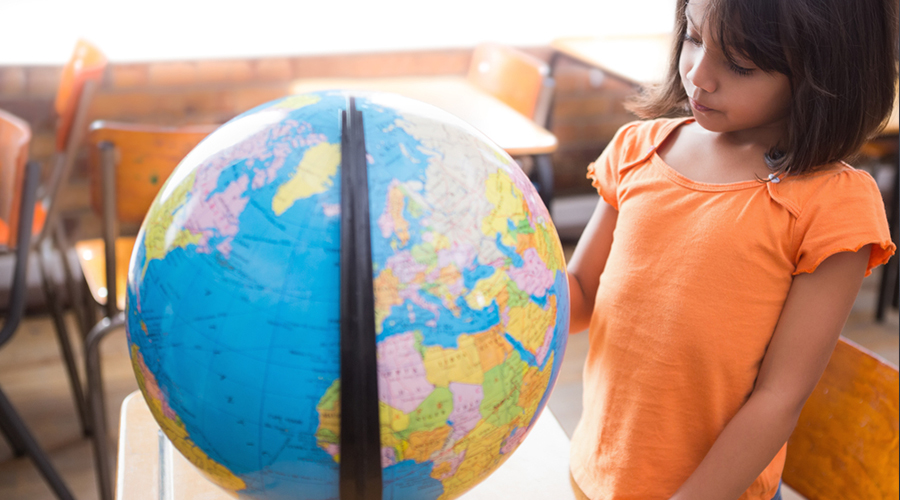
There was relief in having an answer when people asked, “What race are you, ah?” but it was short-lived.
A couple of years later, at a birthday party of a Punjabi friend of mine, Sangeet, family gathered to celebrate amidst a feast of Masala Channa and Tandoori Chicken. Sangeet’s cousin had married a distant relative of my father’s and I wanted very much to feel close to her and her family. Mine didn’t have lavish South Asian celebrations of any kind, despite what was suggested on my birth certificate. We practiced more Chinese, Malay and Christian customs. As I stood at the buffet table, waiting for my turn at the chicken, Sangeet’s uncle struck a conversation.
“What race are you, girl?”
“Indian, Uncle.”
“Oh, what kind of Indian are you?”
“Ceylonese.”
“I don’t think so. You are definitely mixed blood. You shouldn’t go around calling yourself Indian. Indian people will get angry with you.”
I came away from the party, shocked and in tears. If Uncle was right, it meant I had been unintentionally offending the Indian community, lying to people about what I was. No wonder most of the time, no matter what answer I gave, people decided my identity for me, insisting that I was Eurasian, Dutch, or most confusingly in Sec 3, American (my classmates admired my accent, a product of my Literature teacher mother’s strict disallowance of Singlish and prodigious amounts of Cartoon Network).
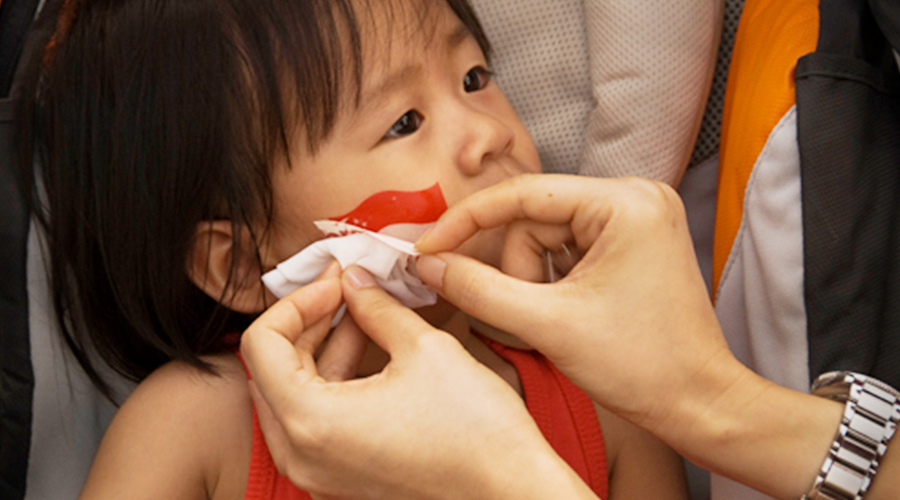
I dreaded meeting people. At least once a day I would be asked, ‘Are you Singaporean?’ sometimes kindly, sometimes aggressively, and always followed by some sort of demand to prove my ‘Singaporeaness’. When forms were presented I would tick all the boxes, and the administrator of that form would usually get a new form and tick ‘Other’ for me. It made me feel like a stranger in my own country, simultaneously aware that the factors that led to my blended identity and appearance were in fact uniquely Singaporean.
I wanted to scream, I am ALL of you. Maybe I’m even the future of you.
Meanwhile my friends would talk about that future and what kinds of husbands and babies they would like to have. Many of them would say they wanted ‘mixed babies’ because they were perceived as ‘cuter’ as if we could design them from a fast food menu of stock cultures. It never seemed like a good time to call out this preference as a little shallow. In all fairness, teenagers are shallow by default.
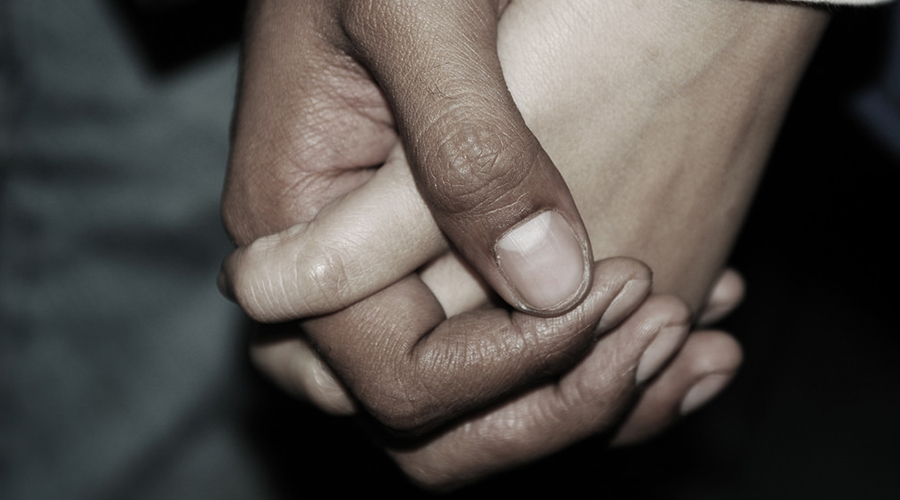
But in retrospect, maybe this is the trend that writer Grace Chua refers to in a TODAY article I read a few weeks ago titled ‘Time We Talked About Our ‘Different’ Children’. According to population.sg, today, one in five marriages are between couples of different races, and more than one in three is between a Singaporean and a non-Singaporean. Chua further notes that as early as 2008, three in 10 babies born in Singapore have a foreign parent. As families have gotten more and more diverse, I get the ‘Are you Singaporean?’ question less and less, an experience I am grateful for. It’s a sign from the ground that things are changing.
When uncles ask me what race I am now, they preface the question with “Please” or “You don’t mind me asking ah, uncle is just curious.” And curiosity isn’t an offence. If anything it signals an openness and acceptance of plural identities. Politicians too like Dr. Janil Puthucheary are calling for Singaporeans to have more candid conversations with each other about race, ethnicity, culture and identity, and see this as the move forward towards addressing internal bias, not changes in policy. Hopefully one day, we will be more circumspect in our understanding of society’s make-up and our attempts at improving social mobility.
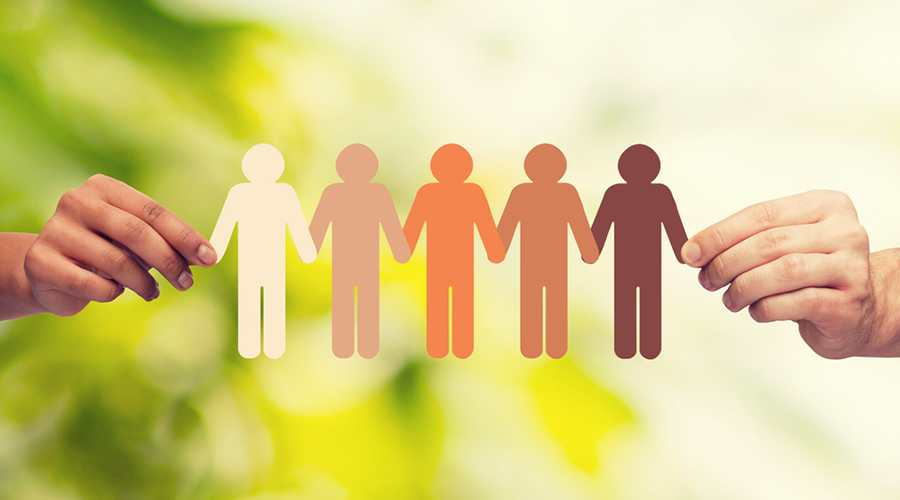
Looking back, I can see why my family found it hard to give me an answer. According to scientific consensus, race has no basis in biology, but is a social and political construct. This constructed nature is evident in the elaborate yet radically different racial models developed by government bodies in the last century (Apartheid, anyone?).
As debates begin to stir over whether Singapore’s CMIO framework is outdated, the 1.5% of the population classified as Others (myself included) are a minute but growing portion of society to watch and engage with. How we explain our experiences to others, how we identify ourselves in spite of committee-defined race labels, how we lay the groundwork for those who do not fall neatly into the CMIO model is key. Our recognition or rediscovery of our mixed heritage may be the ticket to easing future generations of children born here (regardless of ethnicity or nationality) and society as a whole into a more encompassing idea of what it means to be a part of Singapore.
